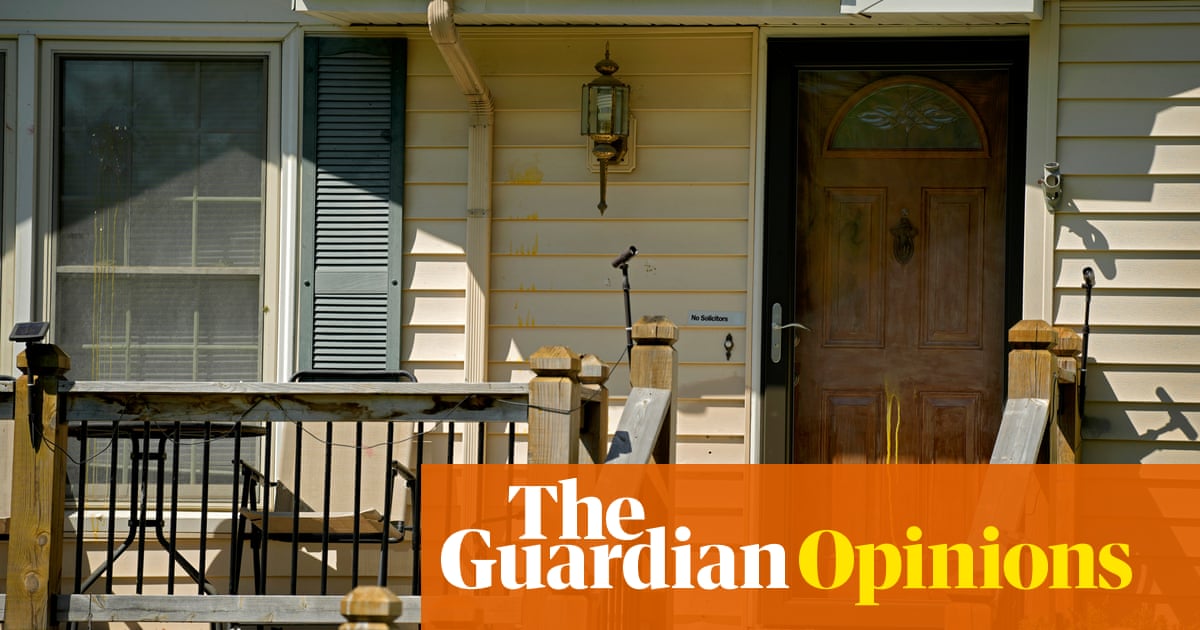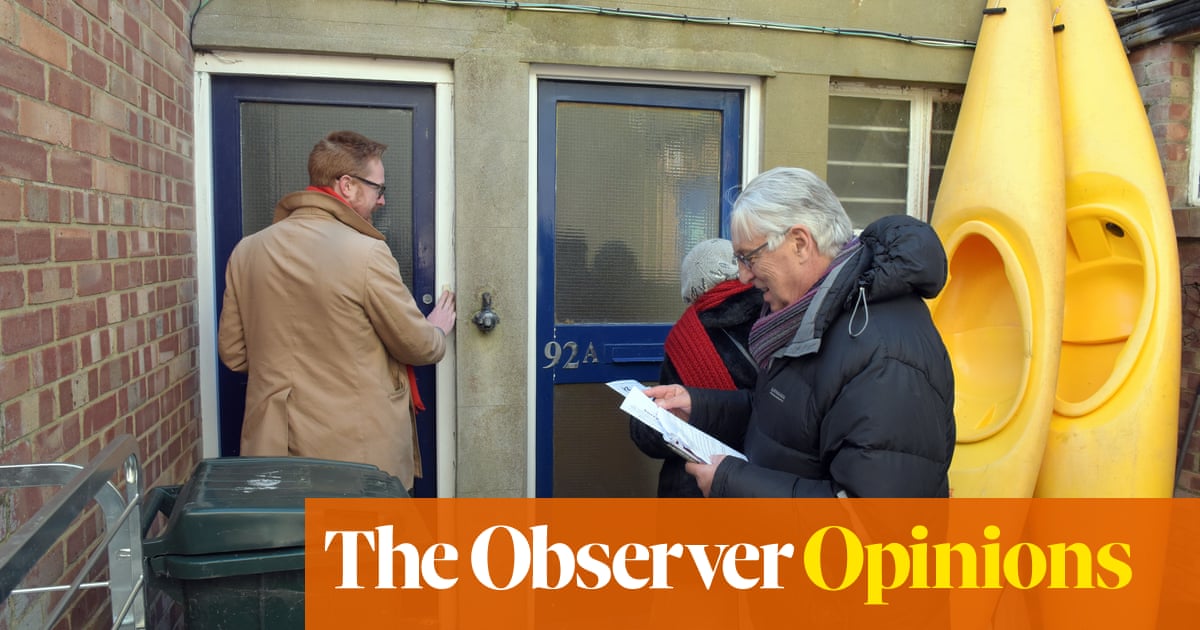
In the past week, two people have been shot, in separate incidents, for making an innocent mistake. In Kansas City, Missouri, Ralph Yarl, 16, was shot in the head and critically wounded by 84-year-old Andrew Lester, whose door Yarl knocked on, in error. Yarl had come to pick up his younger brothers, who turned out to have been with friends at another house with a similar address. In rural upstate New York, 20-year-old Kaylin Gillis was shot and killed when she and her friends, having lost their way, drove up Kevin Monahan’s driveway. The car was turning around to leave when Monahan, 65, fired two bullets through the car window.
I live in the country. It’s easy to lose your way. Mailbox numbers flake off. Satellite signals vanish. Our packages have been delivered to the raccoons in the empty house down the road. I can’t count the times we’ve gotten lost en route to a friend’s, taken the wrong turns, stayed on the wrong dirt road until we could turn around. What would have happened if one of those driveways had belonged to Kevin Monahan, who, according to neighbors, had a “short fuse” and was enraged about trespassers?
Once, 15 years ago, a young man driving to work at five in the morning swerved off the road, tore up our lawn, demolished two lilac trees and smashed into a corner of my husband’s studio. We’d been asleep. We ran outside. It never occurred to me that he was a terrorist or a criminal fleeing the cops. It couldn’t have been more obvious: He’d fallen asleep at the wheel and missed the curve. Dazed but apparently unhurt, he lowered his window, handed us his phone, and asked us to call his brother.
The differences between that upsetting but not fatal experience and the recent shootings in Missouri and upstate New York are a measure of what has changed in a decade and a half. It’s hard to pinpoint the reasons why things have taken such a dire turn. The increase in gun violence has put us all on edge. An uptick in impulsive, explosive, trigger-happy rage ramps up the fear and paranoia that has us warily eyeing our fellow passengers and shoppers.
Race may well have determined a white octogenarian’s decision to shoot the Black child who’d come to the wrong address, but we can’t assume that without knowing more about the shooter. Age might have played a part, too. There’s no indication that drugs or alcohol factored in either of these two cases, but these substances can fuel the paranoia that might inspire a driveway or a front-porch shooting – road rage without leaving the house.
Everything we hear, read and observe for ourselves about the deep divisions in our country comes with a more or less veiled threat: the other side is out to get us. While the right confronts the specter of Ruby Ridge, of Randy Weaver’s wife and child killed by FBI agents, the left is haunted by racially motivated murders and random mass homicides. Anyone could start shooting at any moment as we remain locked in a series of struggles: red v blue, white v Black, men v women.
Obviously, we can scale down the violence and death by limiting access to guns, but there will always be guns. So how do we change the belief that it’s a good idea to shoot first and ask questions later? How do we repair this broken chromosome in our nation’s cowboy DNA?
Given that Breaking Bad, The Wire and The Sopranos are among my all-time favorite TV series, I hesitate to advocate dialing down the violence in our entertainment. On the other hand, we might want to consider the fact that Yarl’s shooting was headline news. An alternate scenario – Andrew Lester calmly telling Ralph Yarl that he was on Northeast 115 Street, when actually he was looking for Northeast 115 Terrace – would never have been reported.
Violence is news. If it bleeds, it leads. It’s our daily diet, the disease we can watch proliferate in prime time. Do Andrew Lester and Kevin Moynahan watch TV? Have they seen cops shoot multiple bullets into a Black man before one word is exchanged? For some, the lesson of that sort of footage is: it’s something guys do. It happens.
I’m not saying we shouldn’t see those films. We need to know that this strain of violence isn’t going away. But we might consider the downside of prurience, of the numbing effects of sensationalism, of watching the same chaotic body-cam clip night after night. Perhaps we need to consider the balance between normalizing and reporting.
It’s hard to imagine someone being shot for knocking on a stranger’s door in Finland, Spain or Canada. We Americans seem to have a national anger-management problem, which grows even more toxic when it interacts with racism, sexism, jingoism, homophobia, transphobia and a slew of other “reasons” for hatred.
I can’t imagine the magic cure for an epidemic of impulse murder. It’s too huge, too systemic, too ingrained in the fabric and the moment. It’s as if our population needs therapy or guidance. At the least, we need to learn not to kill strangers who may need our help – but rather to ask if they are lost.
Francine Prose is a former president of Pen American Center and a member of the American Academy of Arts and Letters and the American Academy of Arts and Sciences.












